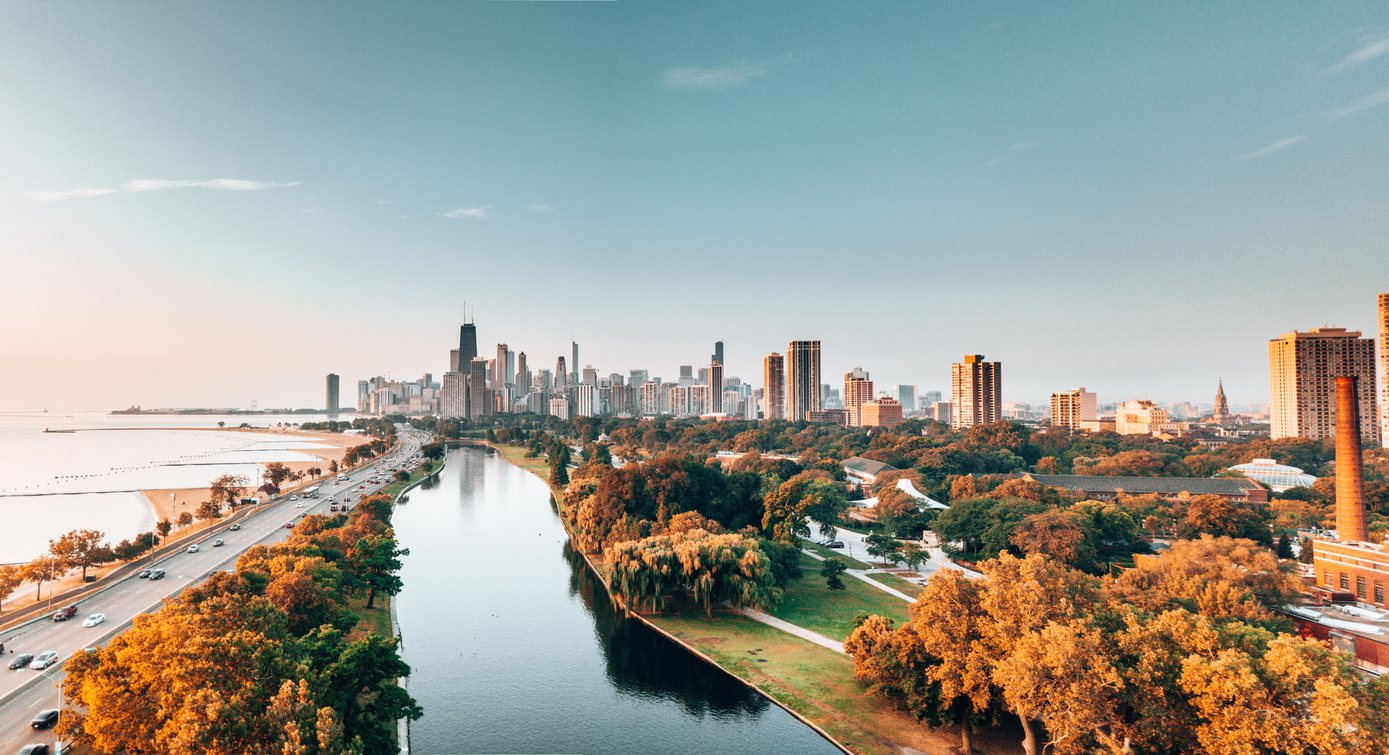A Safety Awareness Guide on Illinois’s Dangerous Zones

Thousands of car accidents occur on Illinois roads each year, with certain infamous highways and intersections proving to be the most concerning. Whether heavy traffic, poor road design, or winter weather conditions are the culprit, these roadways have earned a reputation for danger. Learn about some of the most hazardous stretches of roads and intersections, along with some tips for navigating them safely.
Illinois’ Most Dangerous Highways
Illinois is a major shipping route and home to dozens of national and state highways. Some of these highways have gained notoriety for high accident rates and challenging driving conditions, including:
- Stevenson Expressway (I-55): The interstate that links the cities of Chicago and St. Louis is well-known for having a large number of accidents. The section of I-55 in Chicago frequently sees multivehicle pileups, which are often more likely because of reckless drivers and hazardous weather.
- Eisenhower Expressway (I-290): This accident-heavy highway connects Chicago to the suburbs. Between the frequent congestion and drivers making rapid lane changes, the dangerous situations that occur on this road lead to thousands of crashes annually.
- U.S. Route 45: Known for one of the highest fatality rates in the state, this highway stretches through both rural and suburban areas. Poor visibility, high speeds, and limited access to emergency services make this road dangerous for drivers.
These highways are among the most dangerous in Illinois, with high accident rates caused by heavy traffic, reckless driving, and challenging road conditions.
Illinois’ Most Hazardous Intersections
Below is a list of some of the most dangerous intersections in the state, all located in the Chicago metro area:
- Stony Island Avenue and South Chicago Avenue: One of the deadliest intersections, with frequent accidents due to heavy traffic and chaotic merging
- Western Avenue and Peterson Avenue: This intersection struggles with high amounts of traffic and limited visibility, making it a hotspot area for collisions
- Kedzie Avenue and Belmont Avenue: Between the overpass and multiple turning lanes, this intersection is often a challenge for even the safest of drivers
These intersections see a large number of crashes, often because of poor visibility, traffic conditions, and complex layouts of the roads.
Why Are These Areas So Dangerous?
There are a variety of factors that increase the risk of accidents, including:
- Heavy Traffic: Many parts of Illinois, especially Chicago, are densely populated, increasing the likelihood of crashes
- High Speeds: Speeding is one of the biggest contributors to fatal accidents, and it occurs frequently on highways like I-55 and I-90
- Distracted Driving: Texting and using phones contribute to a high amount of fatal crashes in the state
- Reckless Driving: When drivers tailgate other drivers, change lanes aggressively, or fail to yield to others on the road, they drastically increase the likelihood of accidents
Understanding the risks involved on these roads can help drivers make smart choices and take the extra precautions needed to ensure they travel safely.
Staying Safe On Illinois’ Deadliest Roads
It’s not always possible to avoid driving on these high-risk roads in Illinois. When traveling on these highways and dangerous intersections, follow these tips to reduce the likelihood of a dangerous accident:
- Stay Alert: Keep your eyes on the road and avoid distractions like texting and using your phone or adjusting the radio and other devices inside your car
- Maintain a Safe Speed: Follow the speed limit and make sure to adjust how you drive if there are adverse weather conditions
- .Increase Following Distance: Keep a safe distance and avoid tailgating, as it reduces reaction time and leads to rear-end collisions.
When you prepare for changing road conditions, stay alert, and do your best to drive cautiously and safely, you help protect not only yourself but others on Illinois’ roads.
